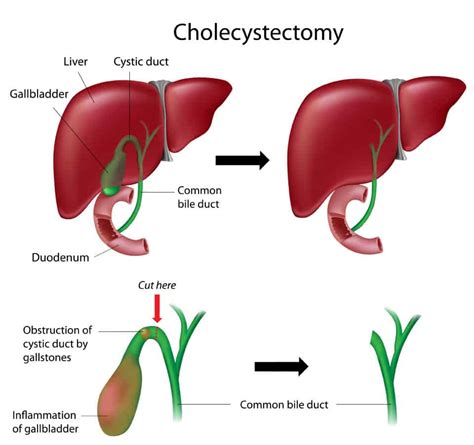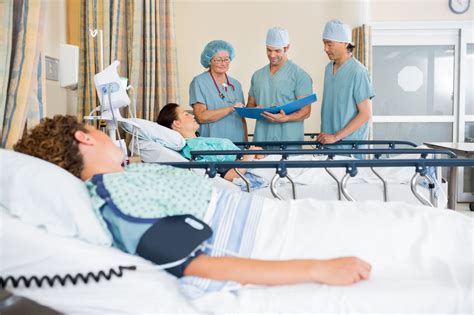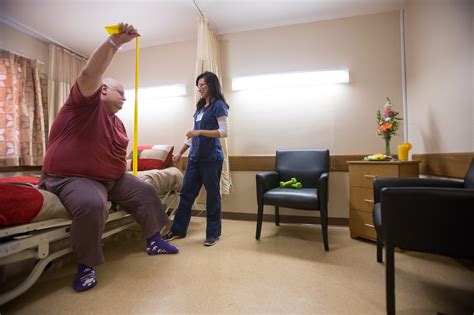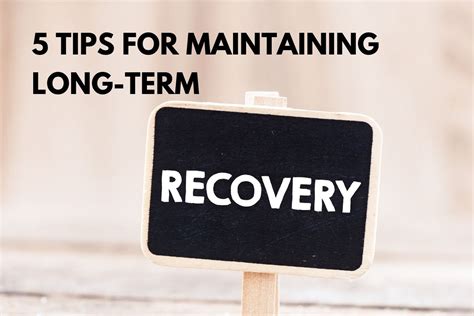Intro
Learn about cholecystectomy recovery time, post-operative care, and complications. Discover gallbladder removal surgery aftercare, dietary changes, and lifestyle adjustments for a smooth recovery, reducing bile duct injury risks and promoting overall health.
The decision to undergo a cholecystectomy, a surgical procedure to remove the gallbladder, is often made after experiencing persistent gallstones or other gallbladder-related issues. While the surgery itself is relatively common and safe, the recovery process is just as important as the procedure. Understanding what to expect during the recovery period can help alleviate anxiety and ensure a smooth transition back to daily life. The importance of a well-planned recovery cannot be overstated, as it directly impacts the patient's overall well-being and the success of the surgery.
Recovery from a cholecystectomy can vary significantly from person to person, depending on factors such as the surgical method used (open or laparoscopic), the patient's overall health, and their ability to follow post-operative instructions. Generally, the recovery time for a laparoscopic cholecystectomy is shorter compared to an open cholecystectomy. However, both methods require careful attention to the body's healing process to prevent complications and ensure a speedy recovery. As patients navigate their recovery, they should be aware of the signs of potential complications, such as infection or bleeding, and know when to seek medical attention.
The journey to full recovery involves several stages, from the immediate post-operative period to the return of normal activities. During this time, patients will need to manage their pain, follow a specific diet, and gradually increase their physical activity. The support of family, friends, and healthcare professionals is crucial during this period, as they can provide emotional support, help with daily tasks, and monitor the patient's progress. By understanding the recovery process and taking an active role in their care, patients can minimize discomfort, reduce the risk of complications, and get back to their normal routine as quickly as possible.
Understanding the Cholecystectomy Procedure

Preparation for Recovery
Preparation is key to a successful recovery. Before the surgery, patients should prepare their home by setting up a comfortable recovery area, stocking up on prescribed medications, and arranging for someone to drive them home from the hospital and assist with daily tasks during the initial recovery period. A clear understanding of the post-operative instructions provided by the healthcare team is essential. These instructions will cover aspects such as wound care, pain management, dietary advice, and signs of complications to watch for. By being well-prepared, patients can reduce stress and focus on their recovery.Immediate Post-Operative Recovery

Managing Pain and Discomfort
Managing pain and discomfort is a priority during the recovery period. Patients should work closely with their healthcare provider to find the right balance of pain medication. It's also important to stay hydrated by drinking plenty of water and other fluids. Rest is crucial, but so is gradual mobilization to prevent complications such as blood clots. Listening to the body and not overexerting is key. If pain or discomfort worsens, it's essential to seek medical advice promptly.Short-Term Recovery (First Few Weeks)

Returning to Normal Activities
Returning to normal activities should be done gradually. Patients should start with light exercises and gradually increase the intensity and duration. Driving can usually be resumed once the patient is no longer taking narcotic pain medication and can safely operate a vehicle. Sexual activity can also resume when comfortable, usually within a few weeks. It's essential to listen to the body and not rush back into activities too quickly, as this can lead to complications or prolong the recovery period.Long-Term Recovery and Lifestyle Adjustments

Dietary Changes
Dietary changes are a crucial aspect of long-term recovery. Patients may need to adopt a gallbladder-friendly diet, which emphasizes lean proteins, whole grains, and a variety of fruits and vegetables. Avoiding foods high in fat, especially in the initial recovery period, can help prevent discomfort and digestive issues. Some patients may also find it helpful to keep a food diary to track which foods agree with them and which do not.Complications and Risks

Minimizing Risks
Minimizing risks involves careful planning and adherence to post-operative instructions. Patients should follow their medication regimen as prescribed, attend all follow-up appointments, and maintain open communication with their healthcare team about any concerns or symptoms. A healthy lifestyle, including a balanced diet and regular exercise, can also play a significant role in reducing the risk of complications and promoting overall well-being.Conclusion and Next Steps

We invite you to share your experiences, ask questions, or seek advice in the comments below. Your input can help others who are navigating a similar journey. Additionally, consider sharing this article with anyone who might benefit from this comprehensive guide to cholecystectomy recovery. Together, we can build a supportive community that prioritizes health, well-being, and informed decision-making.
What are the common symptoms after a cholecystectomy?
+Common symptoms after a cholecystectomy can include pain, discomfort, fatigue, and changes in digestion. These symptoms are usually temporary and can be managed with medication and dietary adjustments.
How long does it take to fully recover from a cholecystectomy?
+The full recovery time from a cholecystectomy can vary, but most people can return to their normal activities within a few weeks. It's essential to follow post-operative instructions and attend follow-up appointments to ensure a smooth recovery.
What dietary changes should I make after a cholecystectomy?
+After a cholecystectomy, it's advisable to adopt a diet that is low in fat, high in fiber, and rich in fruits, vegetables, and whole grains. Avoiding heavy, fatty, or spicy meals can help prevent discomfort and digestive issues.
